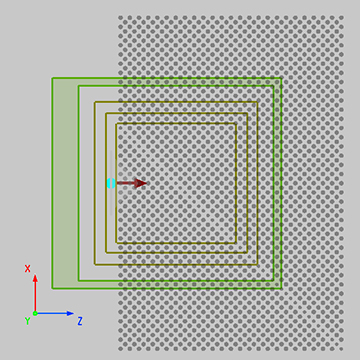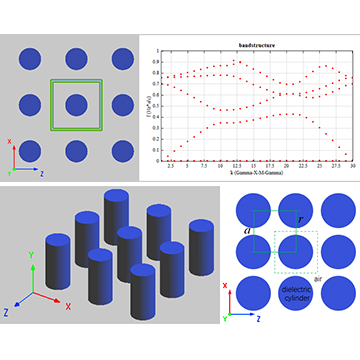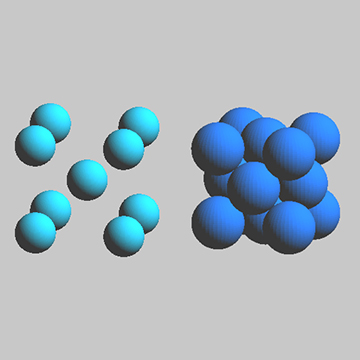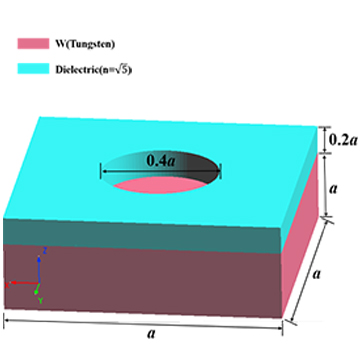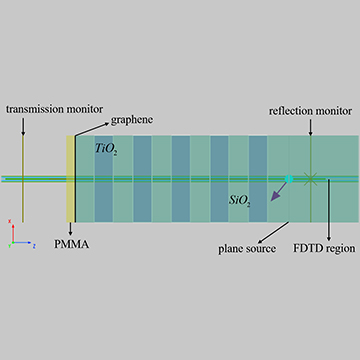Preface
Woodpile-Lattice photonic crystals are generally composed of a stack of cuboid dielectric materials arranged alternately vertically. In this case, the Woodpile-Lattice photonic crystal device is constructed based on the reference[1], and the FDTD solver is used to explore the energy bandstructure of the photonic crystal.
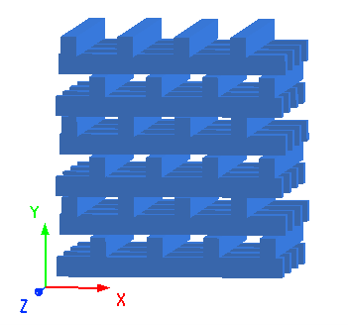
Simulation settings
Device introduction
The FDTD solver is used to analyze the bandstructure of a woodpile-lattice structure consisting of homogeneous dielectric prisms arranged periodically. The parallel and vertical staggered stacking of infinite dielectric prisms realize the periodic distribution of refractive index and thus form the photonic bandgap[2]. In this example, the complete bandgap is generated by dielectric prisms with a refractive index of 3.47851 in the air environment. See Reference[1:1] for details on the structure of the woodpile, the Brillouin zone of the woodpile-lattice, and the coordinates of the special points in this case.
Device construction
The construction and simulation settings for this case are similar to the case Bandstructure of 2D square lattice. The attachment woodpile.mpps is the project file for this case. Open the file to view the detailed parameter settings. Users can directly select and insert a woodpile structure from the built-in structure group library. In order to satisfy the periodic boundary conditions, two periodic units must be included in the simulation region of the FDTD. Therefore, matching dipole sources are created within two periodic cells to avoid the problem of artificial region folding. For a similar problem, see Triangular lattice photonic crystal.
Simulation results
Download and open the attachment woodpile.mpps and run all the parameter sweeps. After running all the parameter sweeps, download and run the script woodpile.msf to obtain the sweep results and draw the bandstructure diagram, as shown below.
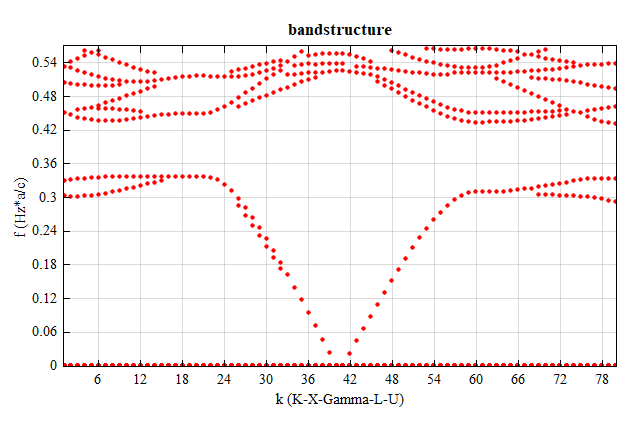
References
"Photonic Crystal Laser-Driven Accelerator Structures", A dissertation submitted to the department of physics and the committee on graduate studies of Stanford University in partial fulfillment of the requirements for the degree of Doctor of Philosophy, Benjamin Cowan, March 2007 - Chapter 3. ↩︎ ↩︎
Ho K M , Chan C T , Soukoulis C M , et al. Photonic band gaps in three dimensions: New layer-by-layer periodic structures[J]. Solid State Communications, 1994, 89(5):413-416. ↩︎





